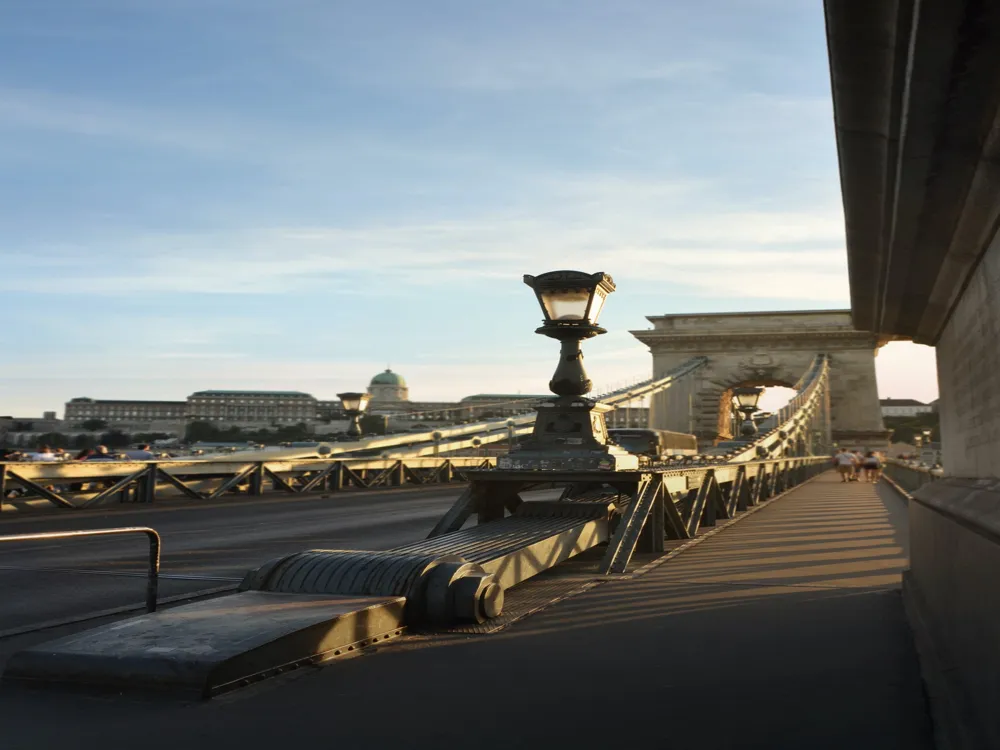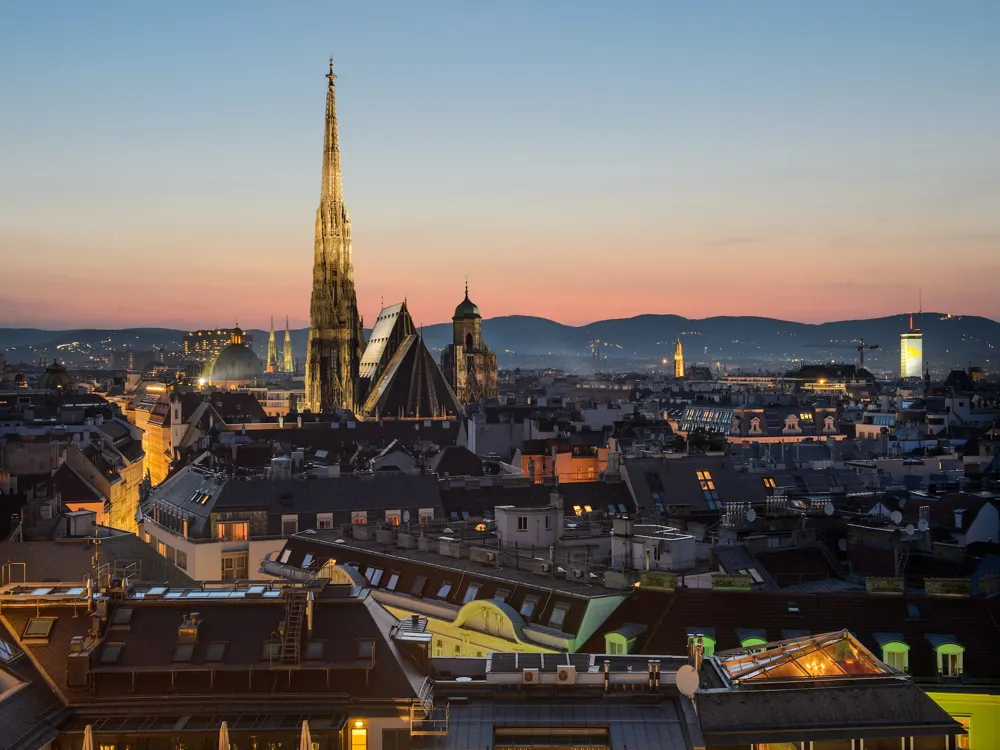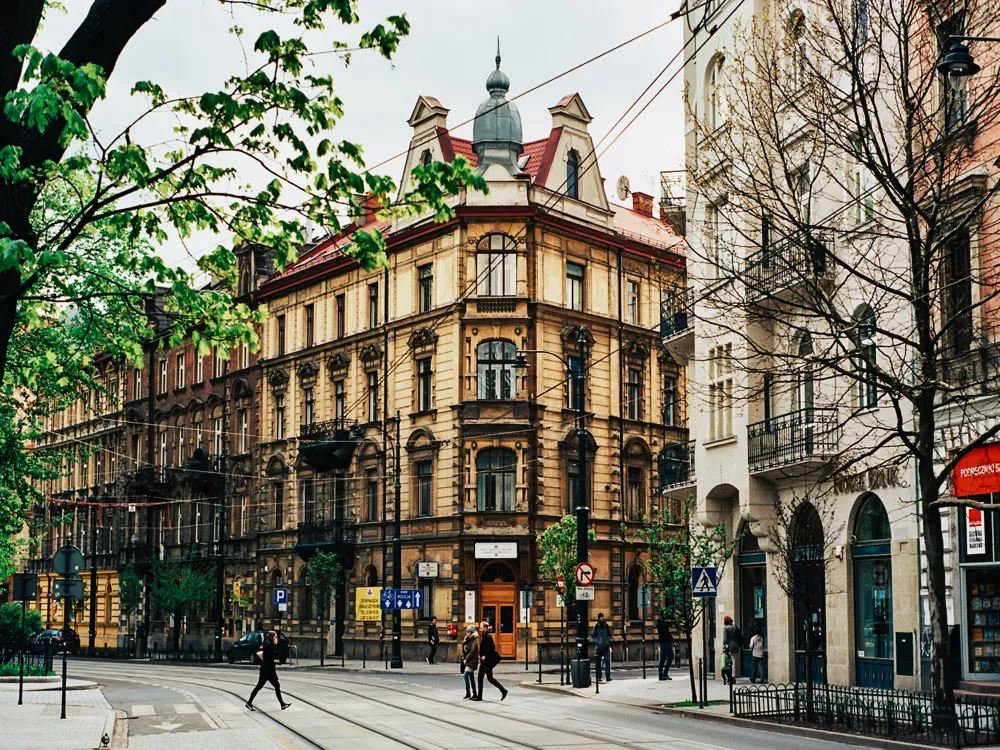The Széchenyi Chain Bridge may be a surprising structural point of interest found in Budapest, Hungary, crossing the Stream Danube. Outlined by the English builder William Tierney Clark and afterward completed by the Scottish builder Adam Clark, the bridge was developed between 1839 and 1849. 1. Timing Visit the ground during the day to appreciate its architectural details and enjoy the panoramic views of the Danube River and the cityscape. Sunset and evening are also excellent times for photography, as the ground and girding milestones are beautifully illuminated. The Szechenyi Chain Bridge is a notorious corner in Budapest, Hungary, and can be reached by colorful means of transportation.Overview Of Szechenyi Chain Bridge In Budapest
Built by Istvan Szechenyi, this bridge has a deep-rooted history and took over 50 years to be completed. This suspended bridge is around 375 meters long and 16 meters wide. A strolling visit through the city includes a walk over this pleasant stone bridge interfacing Buda and Bug. You're beyond any doubt able to locate a few of the leading spots on this walk, with the Danube streaming beneath you. The bridge looks especially captivating at night when it is totally lit up and the lights reflect from the water beneath it. It has a few of the biggest social celebrations in the summer at the end of the week. It is best to visit this bridge at night, as the city lights are reflected on the stream and create an ideal scene for photography. You'll also visit the Castle Bazaar and Illustrious Gardens beside Clark Adam Square, which are found around this bridge.Architecture of Szechenyi Chain Bridge
The bridge's design reflects a mix of classical and neoclassical styles, characteristic of the 19th century. It highlights enormous stone columns at each conclusion, decorated with lavish lion figures, and an arrangement of press chains that back the roadway. The chains are not simply enriching but serve a useful purpose in disseminating the weight of the bridge evenly.
The primary structure consists of two towers on either side of the stream, associated with the suspended chains. At the time of its development, it was one of the longest suspension bridges in the world. The deck of the bridge is wide enough to accommodate both pedestrian walkways and vehicular activity, allowing for ease of crossing over the river.
The Széchenyi Chain Bridge isn't just an imperative transportation connection but also an image of Budapest's wealthy history and engineering legacy. It has gotten to be a notorious image of the city and a well-known visitor fascination, advertising dazzling views of the Danube Waterway and the encompassing points of interest, such as Buda Castle and the Hungarian Parliament Building.Tips for Visiting Szechenyi Chain Bridge
2. Pedestrian Walkways Take advantage of the rambling walkways on both sides of the ground to tromp late and soak up the atmosphere. Walking across the ground allows you to respect the intricate details of its design and offers graphic views of the swash and the megacity.
3. Photography Capture memorable prints of the ground from colorful edge points. Consider taking shots from both sides of the swash to show different perspectives. Sunset and night photography can yield stunning results, with the ground's illumination creating a witching background.
4. Explore near lodestones While visiting the Széchenyi Chain Bridge, take the occasion to explore nearby lodestones such as Buda Castle, the Hungarian Parliament Building, and the Fisherman's Fortification. These milestones are within walking distance and offer fresh perceptivity into Budapest's rich history and architecture.
5. Cruise on the Danube Consider taking a swash voyage on the Danube to see the Széchenyi Chain Bridge from a different angle. Numerous sightseeing sails pass under the ground, furnishing unique views and print openings.
6. regardful Behavior Show respect for the ground and its surroundings by abstaining from littering, graffiti, or any other forms of vandalism. Flash back to the fact that the ground isn't only a major corner but also a performing transportation route for both vehicles and climbers.
7. Safety Exercise caution when crossing the ground, especially during busy times when business can be heavy. Stay within designated rambler areas and be aware of vehicles. Also, be apprehensive of pickpockets, particularly in crowded tourist areas.How To Reach Szechenyi Chain Bridge
1. By public transportation
The nearest metro station to the Szechenyi Chain Bridge is Deak Ferenc Ter, which is served by metro lines M1, M2, and M3. From there, you can walk to the ground or take a tram or machine.
Trams 2, 2A, and 19 stop near the ground, furnishing accessible access from the colorful corridor of the megacity.
2. By auto
If you're driving to the Szechenyi Chain Bridge, you can use GPS to navigate your way to the ground. There are parking lots where you can park your car for a figure.
3. By foot
The Szechenyi Chain Bridge is easily accessible from the bottom of the colorful corridor of the megacity, similar to the Castle District or the Pest side of the megacity. You can enjoy a tardy perambulation and take in the beautiful views of the Danube River and the cityscape.
4. By tour
Numerous guided tours of Budapest include a visit to the Szechenyi Chain Bridge, either as part of a walking tour or a bus tour. You can book a tour with an original tour company or through your hostel.
Overall, reaching the Szechenyi Chain Bridge is easy and accessible, no matter what mode of transportation you choose. Just make sure to check the original transport schedules and routes beforehand to plan your visit efficiently.
House of Terror
Budapest
₹ 62,900 onwards
View budapest Packages
Weather :
Tags : Museum
Timings : Monday
Monday: Closed
Tuesday - Sunday: 10.00 AM - 6.00 PM
The cash desk: 5.30 PM
Entry Fee : Adult: 4000 HUF
Reduced: 2000 HUF
Temporary exhibition ticket: 2000 HUF
Temporary exhibition reduced price ticket: 1000 HUF
Temporary exhibition bought with the permanent: 1000 HUF
Planning a Trip? Ask Your Question
Budapest Travel Packages
View All Packages For Budapest
Top Hotel Collections for Budapest

Private Pool

Luxury Hotels

5-Star Hotels

Pet Friendly
Top Hotels Near Budapest
Other Top Ranking Places In Budapest
View All Places To Visit In budapest
View budapest Packages
Weather :
Tags : Museum
Timings : Monday
Monday: Closed
Tuesday - Sunday: 10.00 AM - 6.00 PM
The cash desk: 5.30 PM
Entry Fee : Adult: 4000 HUF
Reduced: 2000 HUF
Temporary exhibition ticket: 2000 HUF
Temporary exhibition reduced price ticket: 1000 HUF
Temporary exhibition bought with the permanent: 1000 HUF
Planning a Trip? Ask Your Question
The first-ever changeless association between Buda and Bother, Szechenyi Lanchid, Budapest, is celebrated for the two fastidiously carved-out stone lion statues at both bridgeheads. The Bridge offers the finest all-encompassing views of the city, with the wonderful Danube streaming in the background.
Budapest Travel Packages
View All Packages For Budapest
Top Hotel Collections for Budapest

Private Pool

Luxury Hotels

5-Star Hotels

Pet Friendly





















